

Why Do We Give Chocolate on Valentine’s Day? Thank the Victorians!
Summary
Reflection Questions
Journal Prompt
Across the globe, lovers, friends, and families exchange gifts, notes, and gestures to express their love and appreciation for one another on Valentine’s Day. Beating out the bottles of wine and fuzzy teddy bears, chocolate is clearly the most iconic gift associated with this day. The tradition of giving and receiving chocolate has woven itself into the very fabric of Valentine’s Day celebrations, becoming almost as emblematic of the holiday as heart-shaped cards and red roses. But how did chocolate earn its place at the center of Valentine’s Day? In this article, we unwrap the layers of history and cultural significance behind a delicious tradition. Learn more about why we give chocolate on Valentine’s Day below!
The Origins of Chocolate as a Symbol of Love
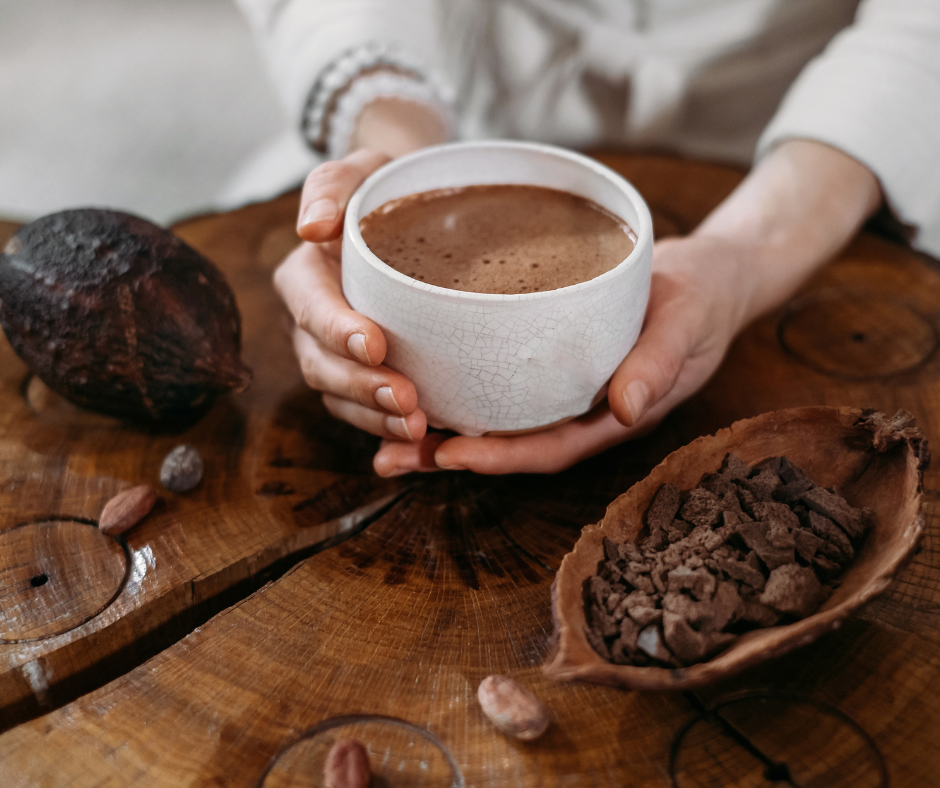

The story of chocolate as a symbol of love and desire begins with the Aztecs, who valued the cocoa bean so highly that they deemed it the food of the gods. This revered ingredient was not just a staple in their diet but was also believed to possess powerful aphrodisiac qualities.
Aztec nobility frequently consumed chocolate in the form of a bitter drink, mixed with spices, to enhance vitality and arousal. The belief in chocolate’s ability to kindle desire made it a fitting offering in matrimonial ceremonies and love rituals, laying the earliest foundations for its association with romance.
Chocolate’s Perception in Different Cultures After Introduction to Europe
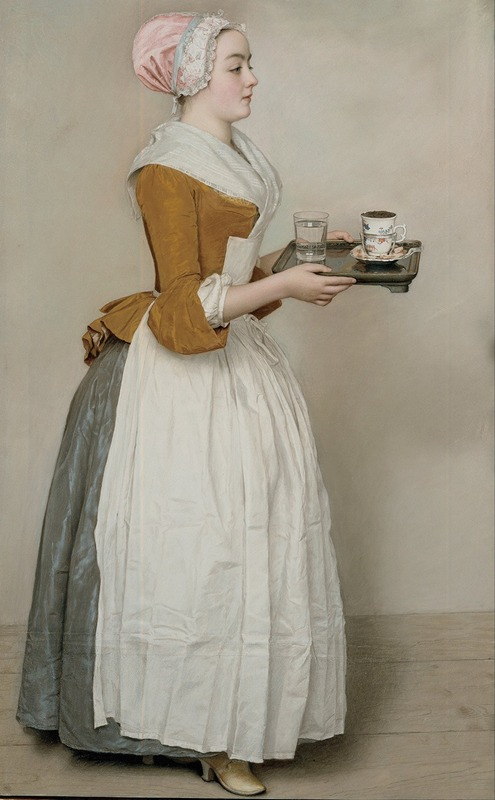

Upon its introduction to Europe in the 16th century, chocolate retained its exotic allure and continued to be associated with luxury, opulence, and, importantly, romantic desire. European aristocracy quickly adopted the Aztec practice of consuming chocolate, albeit sweetened with honey or sugar, transforming it into a fashionable indulgence.
In salons and royal courts, chocolate was served as a symbol of refinement and affection, often during amorous encounters or courtship rituals. This transition from a sacred Aztec drink to a coveted European delicacy underscored its evolving role as a token of love, blending the sensual pleasure of its consumption with the cultural practices of romance and courtship across the continent.
The Role of the Victorian Era in Romantic Traditions
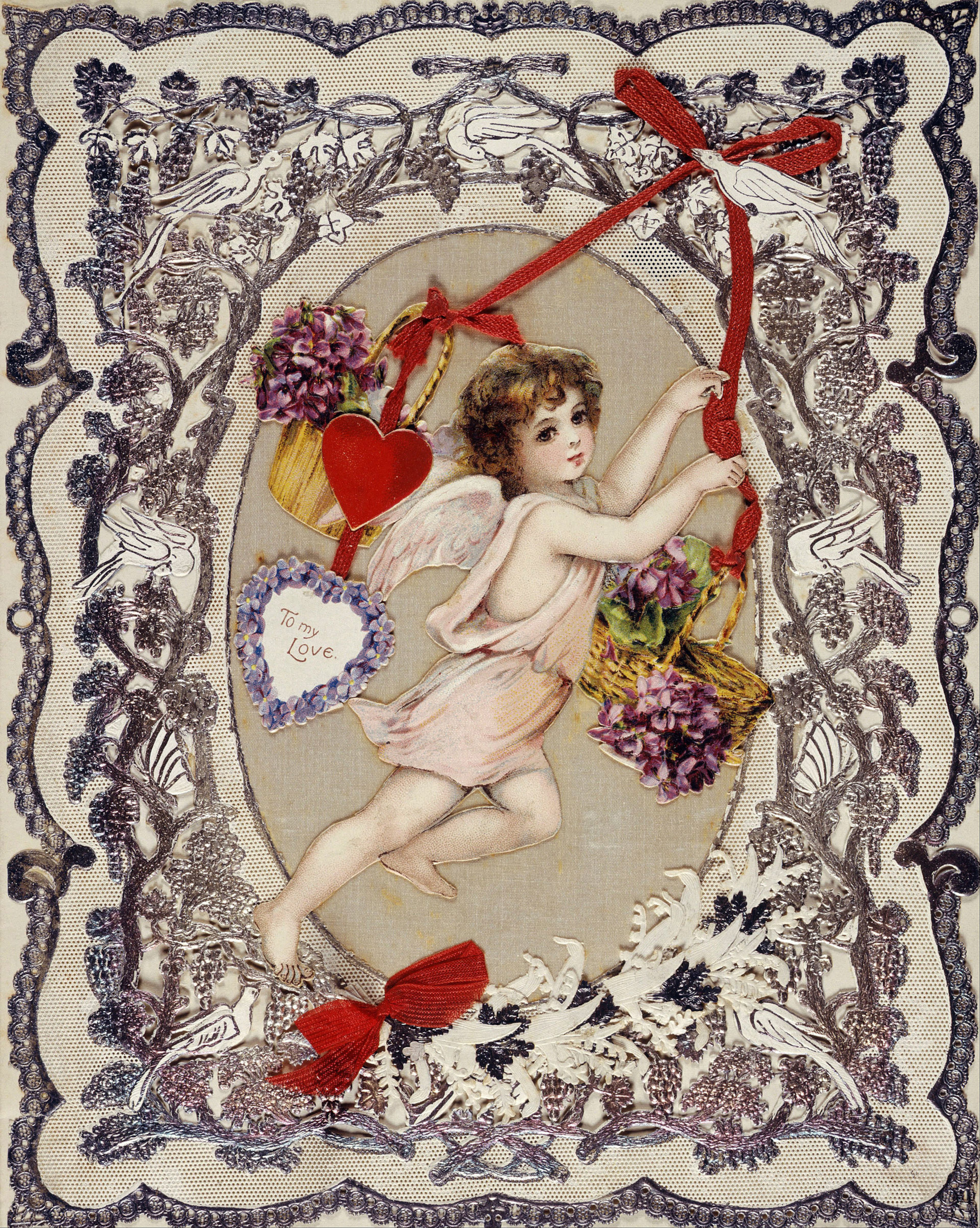

The Victorian era, with its distinctive blend of strict social etiquette and a burgeoning fascination with romantic love, significantly shaped the manner in which courtship and romantic expressions were conducted. This period in history, marked by the reign of Queen Victoria from 1837 to 1901, witnessed an intense idealization of love and marriage, wherein the emotional connection between partners became as important as the social and economic considerations that traditionally governed matrimonial alliances.
Romantic expressions during this time were deeply influenced by the era’s literature and arts, which often depicted love as a noble and elevating sentiment. Courtship became a highly formalized ritual, with young lovers engaging in a series of prescribed activities designed to express interest and affection within the bounds of decorum.
Love letters, poetry, and the exchange of small, symbolic gifts became the currency of romance, enabling individuals to communicate their feelings in a manner that was both emotionally rich and socially acceptable. The Victorian era’s emphasis on moral integrity, combined with its romantic idealism, created a cultural milieu in which expressions of love were both intensely felt and meticulously regulated, laying the groundwork for modern practices of courtship and affection.
Gift-Giving, Especially of Chocolates, as a Popular Expression of Love
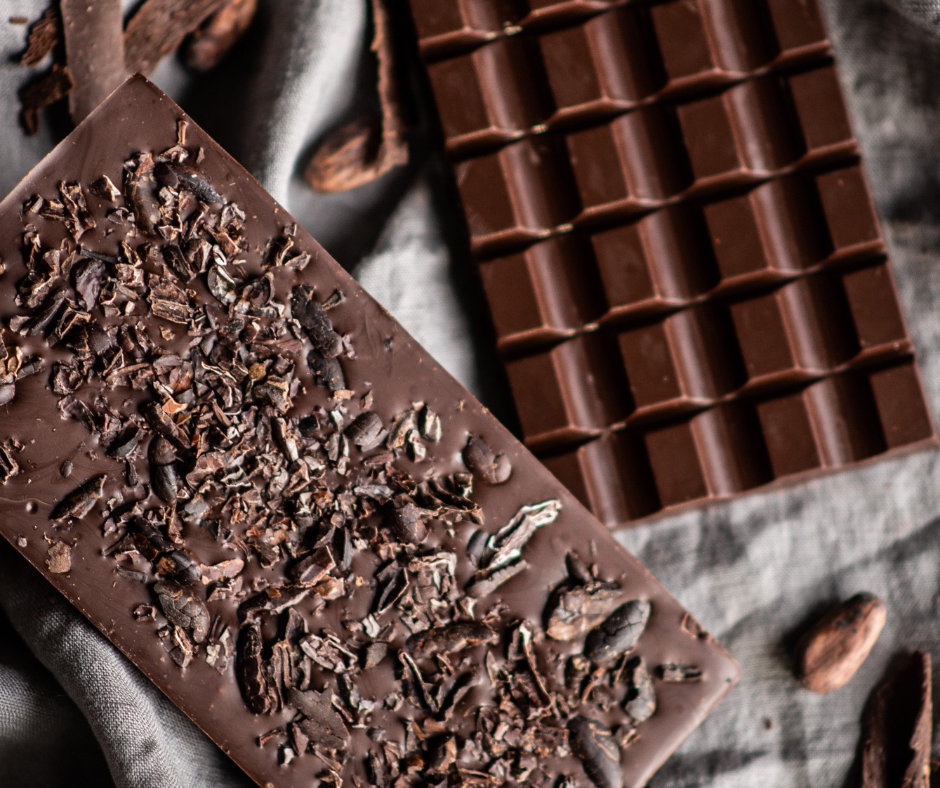

Within the complex web of Victorian courtship rituals, the act of gift-giving emerged as a key expression of love and interest, with chocolates becoming one of the era’s most cherished tokens of affection. The popularity of giving chocolates as gifts during this time can be attributed to several factors. Firstly, the advent of new manufacturing techniques and the increased availability of sugar made chocolate more accessible to the masses, transitioning it from an exotic luxury to a popular indulgence.
Secondly, the Victorians were deeply enamored with the symbolism of gifts, and chocolates, with their exotic origins and sensual appeal, were perfectly suited to convey messages of love and desire. The presentation of chocolates, often in elaborate and ornate boxes that were themselves works of art, added a layer of meaning to the gift, signifying not just the giver’s affection but also their taste and social standing. These boxes, frequently adorned with romantic imagery and motifs, were designed to be kept as keepsakes, serving as lasting reminders of love and affection.
This practice of gifting chocolates, rooted in the cultural and economic context of the Victorian era, effectively harnessed the symbolic potential of chocolate as a medium of romantic expression, establishing a tradition that would endure and evolve in the centuries that followed.
The Commercialization of Valentine’s Day and Chocolate
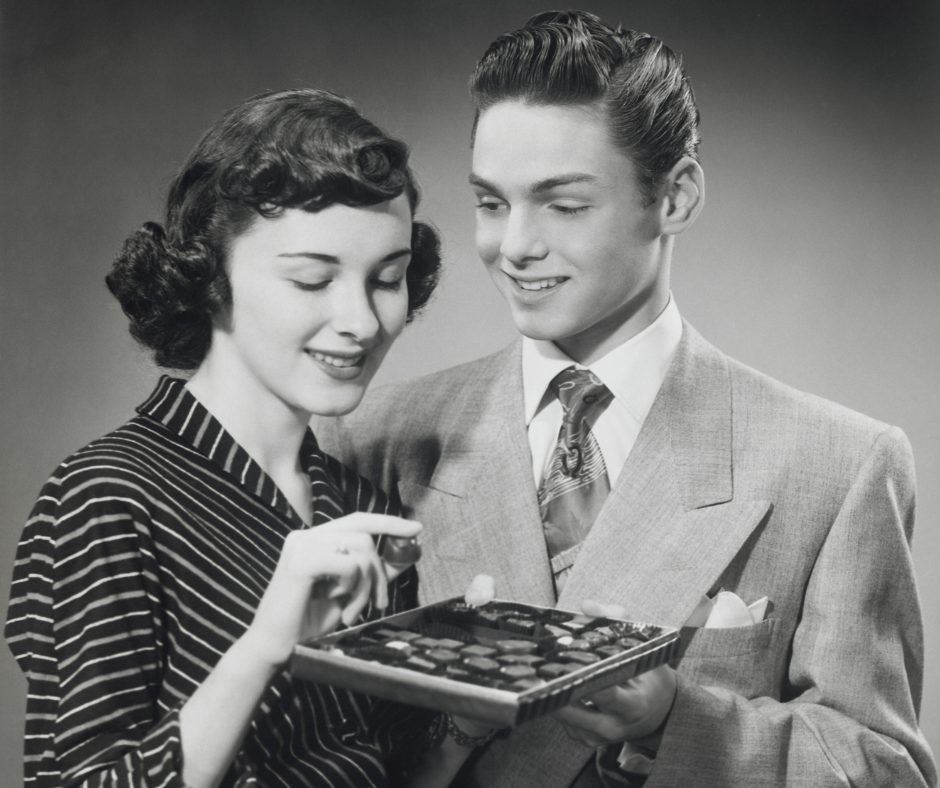

The transformation of Valentine’s Day from a modest celebration of romance and affection into a major commercial holiday is a phenomenon that unfolded over the course of the 19th and 20th centuries. Initially observed through the exchange of handmade notes and small personal tokens, the holiday began to change character as enterprising businesses recognized its potential for commercial exploitation.
The industrial revolution, with its advancements in printing and mass production, played a crucial role in this transformation, making it possible to produce Valentine’s Day cards and gifts on a scale previously unimaginable. As these products became increasingly available, they also became more popular, encouraging a culture of consumption around the holiday. The commercialization of Valentine’s Day was further propelled by advertising campaigns that promoted the idea of expressing love through purchased goods.
By the mid-20th century, the holiday had become firmly entrenched as a key opportunity for retailers and manufacturers to drive sales, with chocolates, flowers, and greeting cards becoming the standard bearers of Valentine’s Day commercialism. This evolution reflects broader trends in society towards the commodification of personal relationships and the expression of affection through material means.
Cadbury’s Capitalization on Valentine’s Day with Special Chocolate Products
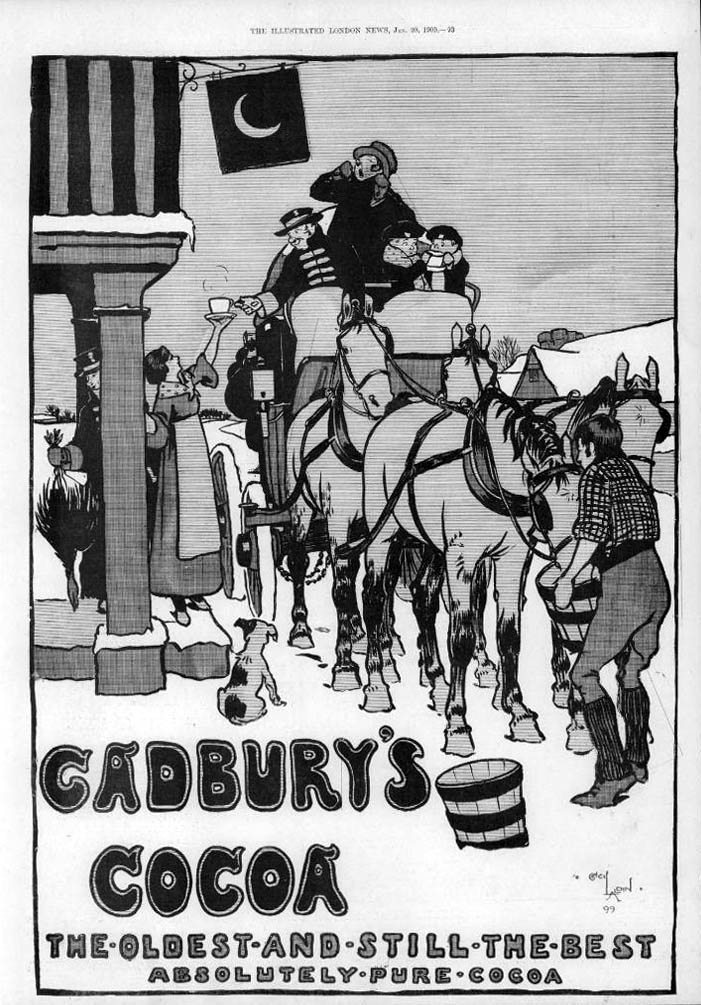

Among the companies that capitalized on the commercial opportunities presented by Valentine’s Day, Cadbury stands out for its innovative and lasting contributions to the tradition of gifting chocolates. In the late 19th century, Cadbury, already a successful chocolate manufacturer, began producing special chocolate products specifically designed for Valentine’s Day.
Recognizing the cultural association between chocolate and romance, Cadbury sought to capture the Valentine’s Day market by offering chocolates in fancy boxes that could be kept as keepsakes. This was not only a savvy business move but also a significant cultural innovation, as it tied the brand directly to the popular practice of expressing love through the gift of chocolates.
Cadbury’s marketing strategies played a key role in popularizing chocolate as the gift of choice for Valentine’s Day, effectively blending commercial interests with traditional romantic gestures. The company’s success in this venture helped to cement chocolates as an indispensable part of Valentine’s Day celebrations and established Cadbury as a leading name in the confectionery industry.
Introduction of Heart-Shaped Boxes and Their Significance
The introduction of heart-shaped boxes for chocolates is a hallmark in the commercialization of Valentine’s Day, symbolizing the intersection of romance and commerce. These boxes, first popularized in the late 19th century, were not merely containers but elaborate expressions of affection, designed to appeal directly to the emotions of the recipient.
The heart shape, universally recognized as a symbol of love, imbued these boxes with a romantic significance that went beyond the chocolates they contained. The design and decoration of these boxes were often intricate and beautiful, making them desirable objects in their own right, intended to be cherished as mementos long after the chocolates were consumed.
This innovation underscored the role of packaging and presentation in the commercial appeal of Valentine’s Day gifts, elevating the act of giving chocolates from a simple transaction to a meaningful exchange of symbols. The heart-shaped box became a visual and cultural icon of Valentine’s Day, reinforcing the connection between love and consumerism, and illustrating how commercial practices can become embedded in the rituals of personal relationships.
The Sensory Appeal of Chocolate on Valentine’s Day


The sensory appeal of chocolate lies at the heart of its popularity as a gift, particularly in the context of love and romance. This appeal is multifaceted, combining taste, texture, and the psychological effects that consuming chocolate can induce. The rich, complex flavors of chocolate, which can range from sweet and creamy to dark and bitter, engage the taste buds in a unique way, offering a sensory experience that is both indulgent and comforting.
The texture of chocolate, whether it be the smooth silkiness of milk chocolate or the satisfying snap of a dark chocolate bar, adds another layer of pleasure. Moreover, chocolate is known to stimulate the production of endorphins, the body’s natural “feel-good” chemicals, and serotonin, which can enhance mood and evoke a sense of well-being. This biochemical reaction contributes to the psychological appeal of chocolate, making it not just a treat for the senses but also a booster for the spirit.
Linking the Pleasure of Consuming Chocolate to Emotional Aspects of Love and Affection
The sensory pleasures derived from consuming chocolate are deeply intertwined with the emotional dimensions of love and affection. The act of giving chocolate as a gift can be seen as a symbolic gesture of wanting to share these feelings of pleasure and happiness with someone special. The intimate experience of savoring chocolate, with its capacity to elevate mood and evoke a sense of comfort and well-being, mirrors the warm, euphoric feelings associated with being in love.
Furthermore, sharing chocolate with a loved one can create shared moments of joy and indulgence, strengthening the emotional bond between giver and receiver. In this way, the sensory appeal of chocolate transcends mere physical enjoyment, embodying the desire to connect, share, and express affection on a deeper, emotional level. This connection between the sensory and the emotional elevates chocolate from a simple confectionery to a powerful symbol of love, making it an enduringly popular gift for expressing heartfelt sentiments.
Modern Marketing and Cultural Norms


By leveraging the romantic imagery associated with Valentine’s Day—such as hearts, roses, and Cupids—chocolate marketing has woven a narrative that positions chocolate as the quintessential expression of romantic sentiment. Seasonal packaging, limited-edition flavors, and heart-shaped chocolates serve to reinforce this association, making the act of giving chocolate feel both traditional and personal.
Furthermore, marketing campaigns have often featured idealized scenarios of couples sharing chocolate, embedding in the consumer’s mind the notion that chocolate is not just a gift but a ritual that fosters connection and intimacy. Through these calculated marketing strategies, the chocolate industry has not only driven sales during the Valentine’s season but has also cemented chocolate’s role as a cultural icon of love and affection.
Media Portrayals and Advertising Campaigns
Media portrayals and advertising campaigns have also played a role in shaping cultural norms around the giving of chocolate on Valentine’s Day, influencing how love and affection are publicly expressed and privately felt. Through a consistent barrage of imagery and narratives that associate chocolate giving with romantic success and emotional fulfillment, these media efforts have crafted a powerful cultural script.
This script suggests that love, particularly romantic love, can and should be manifested through specific consumer behaviors—namely, the purchase and gift of chocolates. Advertising, in particular, has been instrumental in normalizing the expectation that Valentine’s Day is incomplete without chocolate, embedding this belief deeply within social traditions and individual expectations. Romantic films, television shows, and social media content further amplify this message, portraying chocolate as a harbinger of love’s joys and a salve for its woes.
As a result, the act of giving chocolate has transcended its commercial origins, becoming a deeply ingrained cultural norm that shapes how love is celebrated and communicated. This intertwining of commerce, culture, and emotion showcases the profound influence of marketing and media in sculpting not only consumer behavior but the very fabric of societal traditions.
Contemporary Practices and Global Variations


All around the globe, Valentine’s Day revelers put their own unique spin on chocolate giving. In Japan, for example, the tradition is characterized by a unique twist where women give chocolates to men on Valentine’s Day, a practice known as “Giri-choco” for colleagues and friends, and “Honmei-choco” for romantic interests, with the roles reversing on White Day, March 14th, when men reciprocate with gifts of their own. This distinct custom underscores the country’s blend of modernity and tradition, as well as its capacity for commercial innovation within cultural practices.
In contrast, countries like Italy and France, with their deep-rooted histories of culinary excellence, emphasize artisanal and high-quality chocolates, often handcrafted by master chocolatiers, as tokens of luxury and sophistication in expressions of love. Meanwhile, in the United States, the holiday is marked by the exchange of a wide variety of chocolate products, from gourmet selections to heart-shaped candy boxes, reflecting the commercial and inclusive spirit of American holiday celebrations.
In some Latin American countries, the day is more broadly celebrated as Día del Amor y la Amistad (Day of Love and Friendship), where chocolates are given not only between romantic partners but also among friends, highlighting a more inclusive interpretation of love. These global variations not only illustrate the universal appeal of chocolate as a gift of affection but also the ways in which cultural nuances and local traditions can shape a common practice, infusing it with diverse meanings and expressions.
Final Thoughts on Giving Chocolate This Valentine’s Day
From the Aztecs’ ceremonial use to its transformation into a symbol of affection in the Victorian era and its eventual commercialization as the quintessential Valentine’s Day gift, it’s clear that chocolate has long held a special place in the heart of human culture. This Valentine’s Day, as we embrace the tradition of expressing love through the gift of chocolates, let us also remember the artisans, the chocolatiers, and the small businesses that keep the ancient craft alive, blending tradition with innovation to create chocolates that are not just treats, but true works of art.
Shopping small for chocolates not only supports these dedicated artisans and their communities but also offers a more personal and unique way to convey our affection. By choosing chocolates from local and small-scale producers, we contribute to a culture of sustainability and craftsmanship, ensuring that the rich history of chocolate continues to flourish. So this Valentine’s Day, let’s make our gifts of chocolate as meaningful as the love we’re celebrating, by choosing to support the small businesses that add flavor and depth to this timeless tradition.









